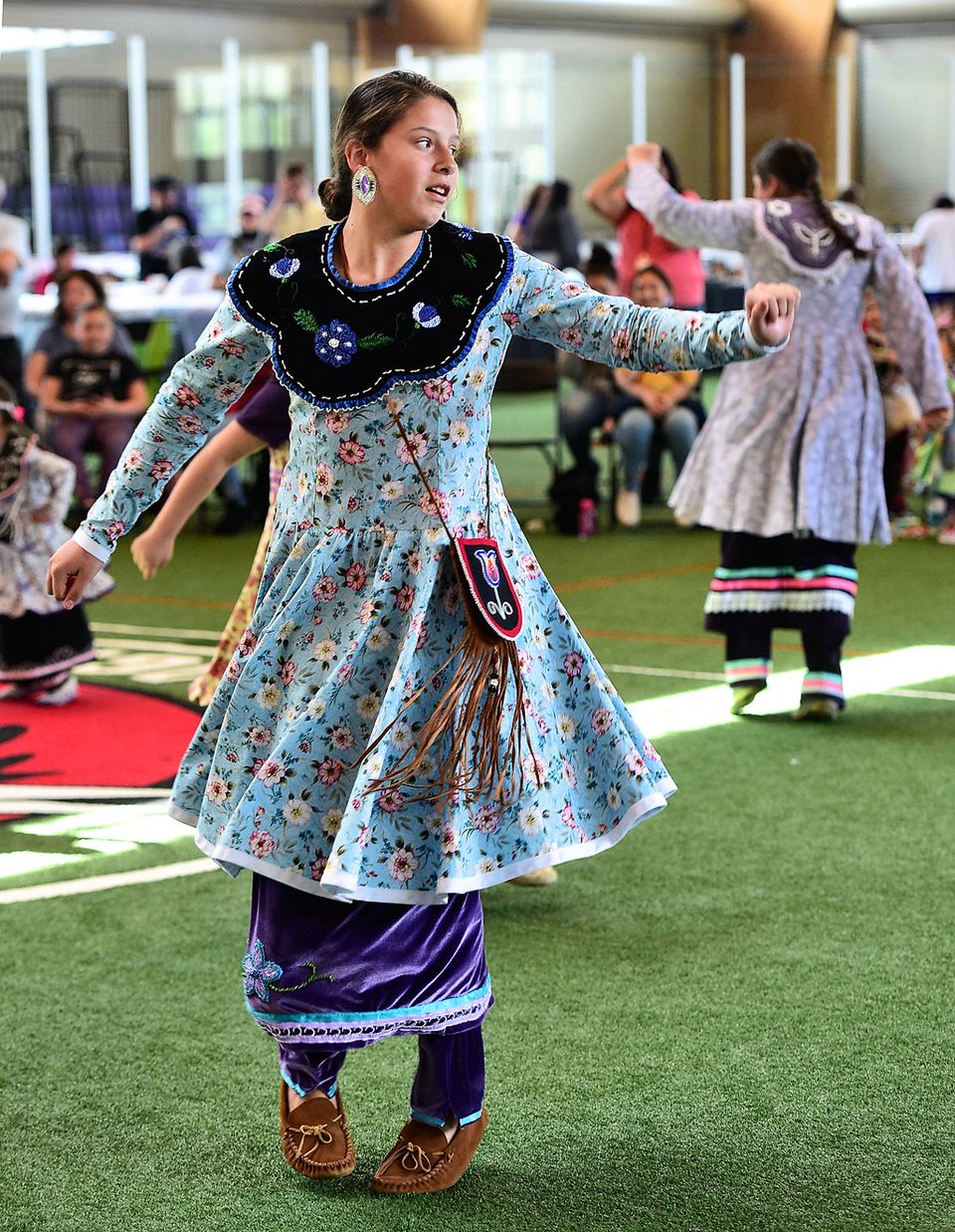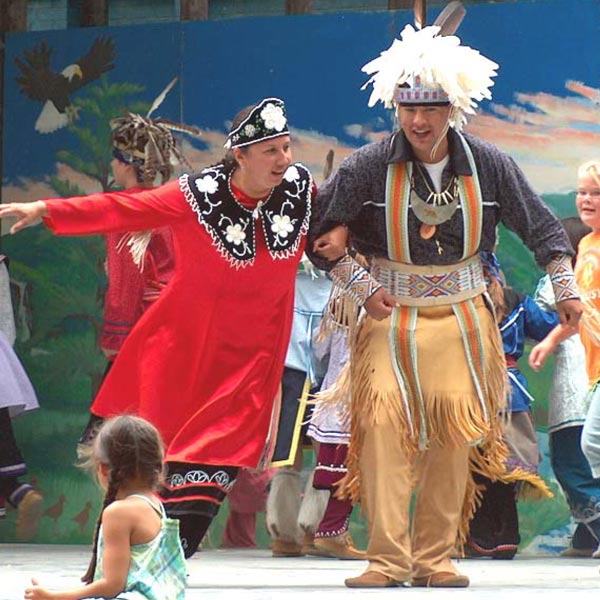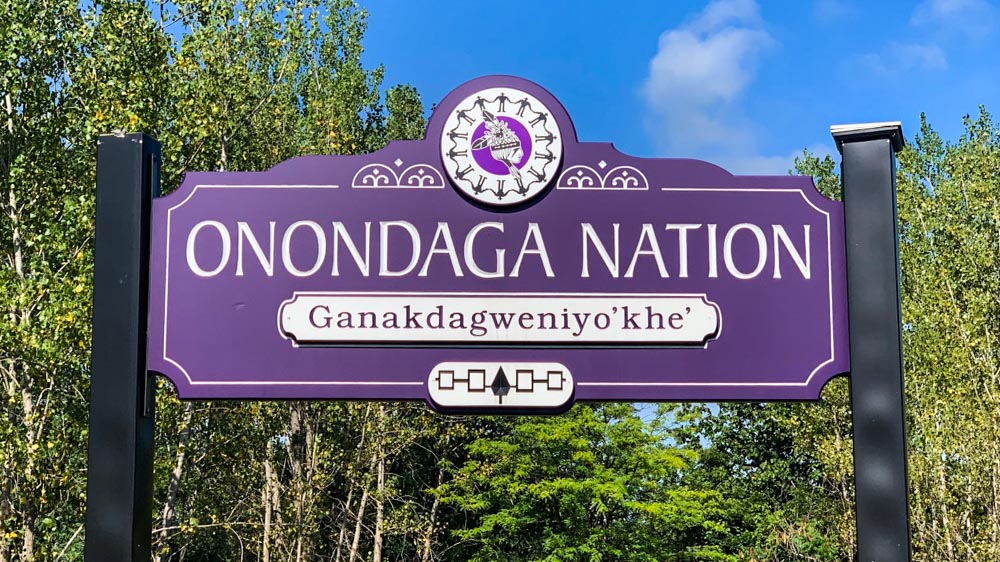
The Onondaga Nation Traditional Governance Museum: A Bastion of Indigenous Sovereignty and Living Law
The Onondaga Nation, the "Central Firekeepers" of the Haudenosaunee (Iroquois) Confederacy, holds a unique and profoundly significant position within Indigenous North America. As the keepers of the Wampum and the spiritual and political heart of the Confederacy, their traditional governance system is not merely a historical relic but a vibrant, living framework that continues to guide their community. The Onondaga Nation Traditional Governance Museum, while perhaps not a universally recognized institution on the scale of major national museums, serves as a pivotal and unparalleled educational and cultural sanctuary, dedicated to preserving, articulating, and celebrating the complexities and enduring resilience of Onondaga and Haudenosaunee governance, history, and culture.
This museum transcends the conventional Western understanding of a museum as a static repository of artifacts. Instead, it functions as an active pedagogical tool, a political statement of sovereignty, and a vital cultural anchor for the Onondaga people themselves, while also extending an invitation to the wider world to engage with an authentic Indigenous narrative. Its mission is deeply rooted in self-determination, offering an indigenous-controlled platform to counter historical misrepresentations, educate both community members and external visitors, and assert the continuity of Onondaga sovereignty and cultural identity.
Historical and Cultural Context: The Foundation of Governance
To fully appreciate the museum, one must first understand the bedrock upon which Onondaga governance is built: the Great Law of Peace, or Gayanashagowa. This ancient constitution, orally transmitted and codified through Wampum belts, is believed to have been established centuries ago by the Peacemaker (Deganawida) and Hiawatha, with the crucial advocacy of Jigonsaseh, the first Clan Mother. It brought an end to endemic warfare among the Five Nations (Mohawk, Oneida, Onondaga, Cayuga, Seneca), uniting them under a common system of laws, ethics, and reciprocal responsibilities.

The Onondaga Nation’s role within this Confederacy is paramount. Situated centrally, they are the "Firekeepers," responsible for convening the Grand Council, setting its agenda, and acting as arbiters in disputes. Their territory, encompassing the sacred Onondaga Lake, has historically been the geographical heart of the Confederacy, further underscoring their custodial duties. This deeply interwoven history and spiritual connection to land and law form the essential backdrop for the museum’s narratives.
The Genesis and Philosophy of the Museum
The impetus for establishing the Onondaga Nation Traditional Governance Museum arose from a multifaceted need: to protect and transmit the profound knowledge embedded within Onondaga traditions, to provide a counter-narrative to colonial interpretations of Indigenous history, and to reinforce the legitimacy and continuity of their self-governance in the face of ongoing external pressures. It is an institution born of self-determination, conceived, curated, and managed by the Onondaga Nation itself.
The museum’s philosophy departs significantly from the typical ethnographic museum model, which often presents Indigenous cultures as subjects of study, frozen in time, or relegated to the past. Instead, the Onondaga museum emphasizes living culture, present-day governance, and the dynamic evolution of traditions. It is a space designed not just for observation, but for understanding, respect, and engagement with a sovereign nation’s living heritage. The exhibits are not merely static displays; they are mnemonic devices and pedagogical tools that illuminate a vibrant, ongoing socio-political system.
Architectural Design and Experiential Journey
While specific architectural details might vary, an Onondaga traditional governance museum would likely incorporate elements that reflect Haudenosaunee cultural values and the natural environment. Expect a design that eschews opulent, imposing structures in favor of materials and forms that evoke a connection to the earth and traditional longhouse architecture. Natural light, wood, stone, and an organic flow might characterize the space, symbolizing harmony with nature and the communal spirit.
The experiential journey through such a museum would be carefully curated to unfold the layers of Onondaga governance and culture. Visitors would typically begin with an introduction to the Onondaga Nation and the Haudenosaunee Confederacy, moving progressively deeper into the foundational principles of the Great Law of Peace, the specific roles within the governance structure, and the living application of these traditions in contemporary Onondaga life. The design would guide visitors through a narrative arc that moves from the ancient past to the vibrant present, emphasizing continuity and resilience.
Core Themes and Key Exhibits
The thematic organization of the museum would meticulously detail the intricate workings of Onondaga traditional governance, focusing on several key areas:

1. The Great Law of Peace (Gayanashagowa): The Guiding Principles
This foundational section would introduce visitors to the origins and ethical framework of the Great Law. Exhibits might include:
- Narrative Panels and Oral Histories: Explaining the story of Deganawida (the Peacemaker), Hiawatha, and Jigonsaseh, and their roles in establishing peace.
- Symbolic Representations: Depictions of the Tree of Peace, with its roots spreading in the four cardinal directions, and the eagle perched atop, symbolizing vigilance and protection.
- The Principles: Explanations of concepts like peace, power (authority derived from consensus), righteousness, health, and respect for all life, articulated through visual and textual displays. The emphasis here is on how these principles translate into actionable governance.
2. The Wampum Belts: Living Documents of Law and History
A cornerstone of Onondaga governance and the museum’s most profound exhibits would be dedicated to Wampum. The Onondaga Nation are the official Keepers of the Wampum for the Haudenosaunee Confederacy, meaning they are entrusted with the physical belts and the knowledge embedded within them.
- Wampum as Mnemonic Devices: Detailed explanations of how Wampum belts are not merely decorative, but sophisticated mnemonic devices and living documents that record treaties, laws, and historical agreements.
- Replicas of Historic Belts: While original, sacred belts might be held in secure archives, the museum would feature meticulously crafted replicas of significant belts (e.g., the Hiawatha Belt, the Two Row Wampum Belt, the George Washington Covenant Belt). Each replica would be accompanied by an in-depth explanation of its historical context, the specific agreement it represents, and its enduring relevance to Onondaga sovereignty and treaty relations.
- The Process of Wampum Creation: Displays might illustrate the intricate process of creating wampum beads from quahog shells and weaving them into belts, underscoring the labor and spiritual significance invested in each piece.
3. Structure of Governance: Clan Mothers, Chiefs, and Consensus
This section would demystify the complex, sophisticated structure of Haudenosaunee traditional governance, with a specific focus on the Onondaga’s unique contributions.
- Matrilineal System: Explanations of the foundational role of Clan Mothers (Koyanehsanih) in a matrilineal society. Their power to nominate, depose (condolence), and guide the male Chiefs (Hoyaneh) is a critical aspect. Displays would highlight their wisdom, spiritual authority, and responsibility for the welfare of the Nation.
- The Hoyaneh (Chiefs): Descriptions of the specific roles and responsibilities of the Onondaga Chiefs, emphasizing their service-oriented leadership rather than authoritarian power.
- The Grand Council: A visual representation or diagram illustrating the seating arrangement, speaking protocols, and consensus-based decision-making process of the Haudenosaunee Grand Council, where the Onondaga act as Firekeepers and arbiters.
- The Longhouse as a Political and Spiritual Center: Explanations of the Longhouse as not just a dwelling, but the locus of political debate, spiritual ceremonies, and community life.
4. Land Stewardship and Environmental Ethics
The Onondaga relationship with their traditional territory, particularly Onondaga Lake, is integral to their identity and governance.
- Sacred Landscape: Exhibits detailing the spiritual and historical significance of Onondaga Lake and the surrounding lands, which are seen as gifts from the Creator.
- Environmental Responsibility: Articulating the Onondaga philosophy of land stewardship and environmental protection, often contrasted with colonial resource extraction. This section would emphasize the "seventh generation" principle – making decisions with the impact on future generations in mind – as a core tenet of their governance.
- Contemporary Efforts: Showcasing current Onondaga efforts in environmental remediation, advocacy, and land defense.
5. Contemporary Governance and Sovereignty
Crucially, the museum would emphasize that traditional governance is not a relic of the past but a living, functioning system today.
- Continuity of Governance: Demonstrating how the traditional governance structure continues to operate, make decisions, and serve the Onondaga people.
- Assertion of Sovereignty: Highlighting the Onondaga Nation’s inherent sovereignty, its distinct legal personality, and its ongoing interactions with state, federal, and international bodies.
- Challenges and Resilience: Addressing the historical and ongoing challenges to traditional governance, such as colonial policies, land disputes, and cultural assimilation efforts, while simultaneously showcasing the profound resilience and adaptability of the Onondaga people.
Educational and Outreach Programs
Beyond its static exhibits, the Onondaga Nation Traditional Governance Museum would be a dynamic center for education and outreach. Programs would likely include:
- Cultural Workshops: Hands-on activities focused on wampum weaving, traditional arts, and Haudenosaunee language.
- Youth Education: Tailored programs for Onondaga youth to instill a deep understanding and pride in their heritage and governance system.
- Public Lectures and Dialogues: Engaging scholars, community leaders, and visitors in discussions about Indigenous governance, environmental justice, and treaty responsibilities.
- Digital Resources: Online access to oral histories, educational materials, and virtual tours to extend its reach globally.
Impact and Significance
The Onondaga Nation Traditional Governance Museum holds immense significance on multiple levels. For the Onondaga people, it is a source of immense pride, a pedagogical tool for intergenerational knowledge transfer, and a powerful affirmation of their identity and self-determination. It strengthens community bonds and revitalizes cultural practices.
For the broader public, the museum offers an invaluable opportunity to transcend simplistic or stereotypical understandings of Indigenous peoples. It provides a nuanced, authentic, and Indigenous-controlled narrative of a sophisticated governance system that predates many Western democracies and continues to thrive. It fosters cross-cultural understanding, challenges colonial assumptions, and encourages critical reflection on the nature of governance, justice, and humanity’s relationship with the natural world.
In essence, the Onondaga Nation Traditional Governance Museum is more than a collection of objects; it is a living declaration of sovereignty, a profound educational institution, and a beacon of cultural resilience, inviting all to learn from the enduring wisdom of the Central Firekeepers. It stands as a powerful testament to the fact that traditional Indigenous governance systems are not only historically rich but remain vitally relevant and powerfully instructive in the contemporary world.


